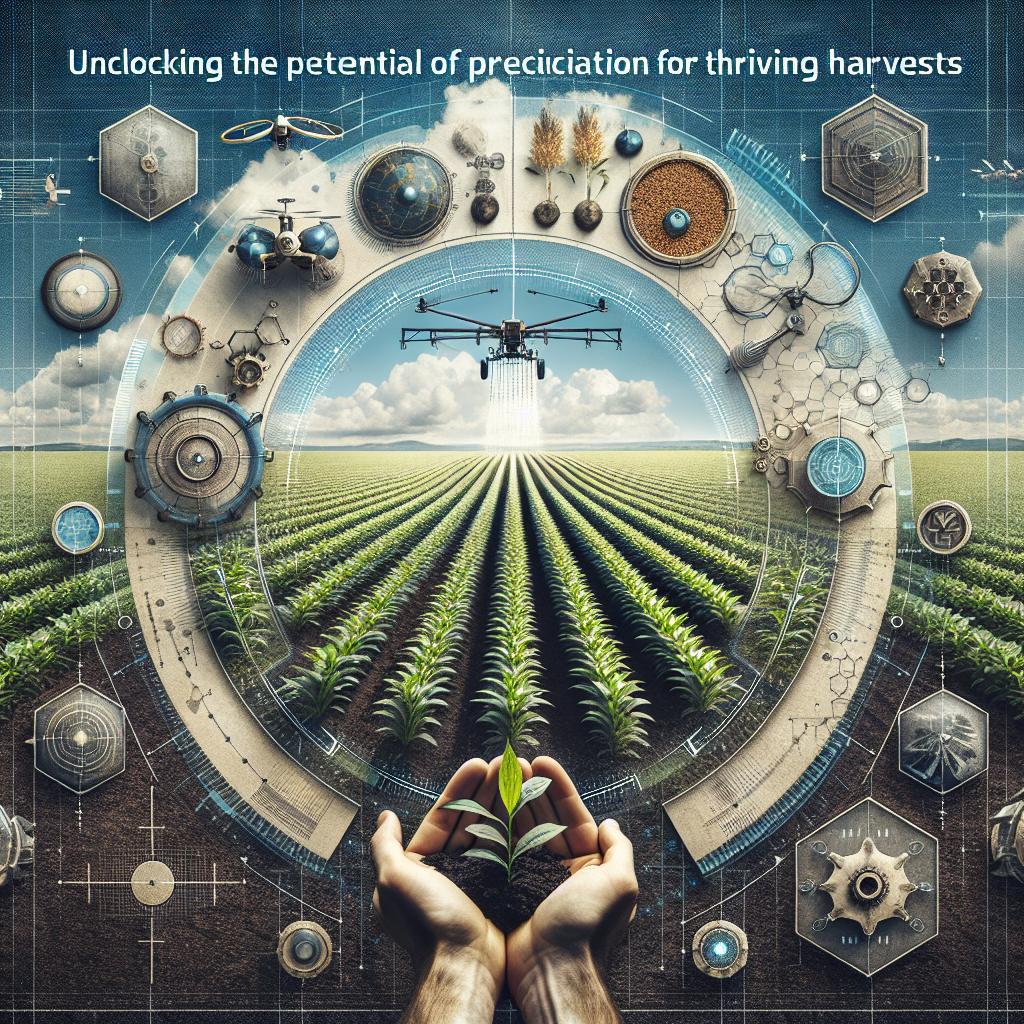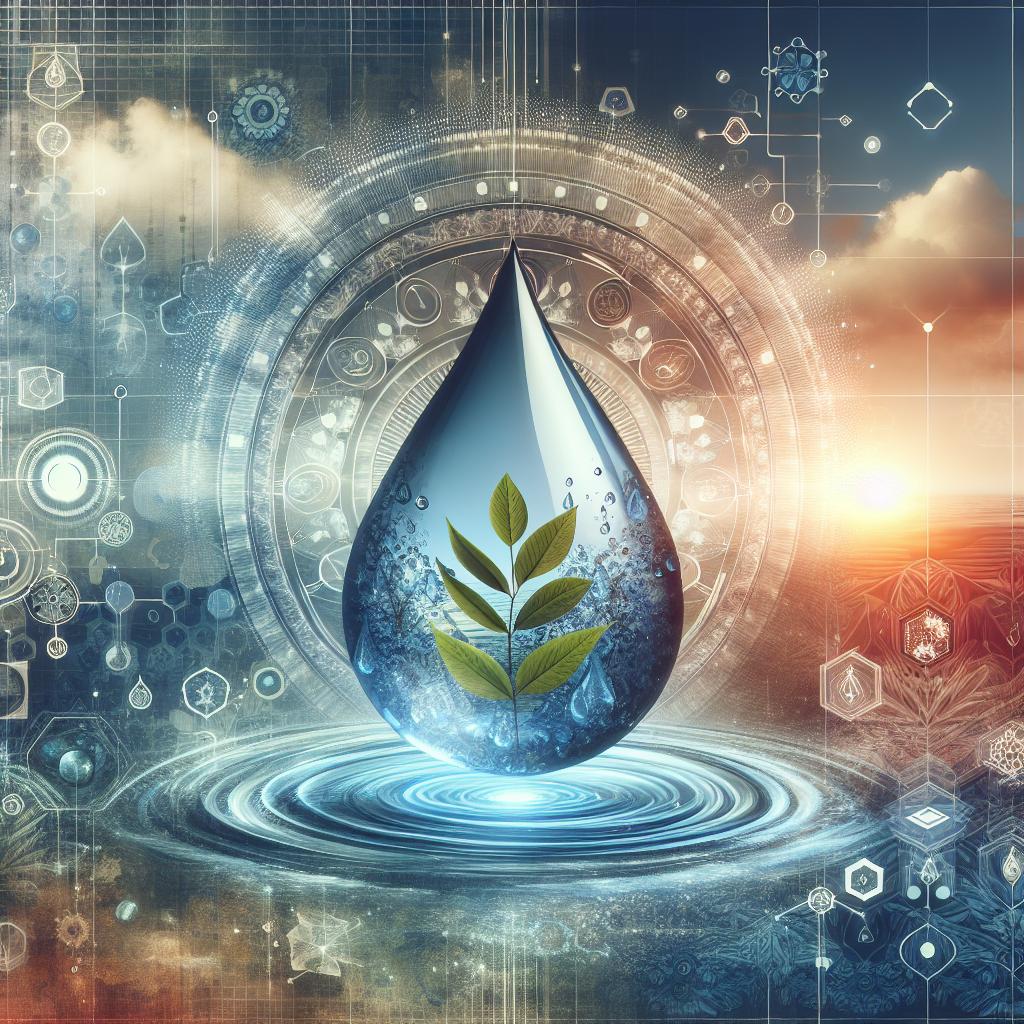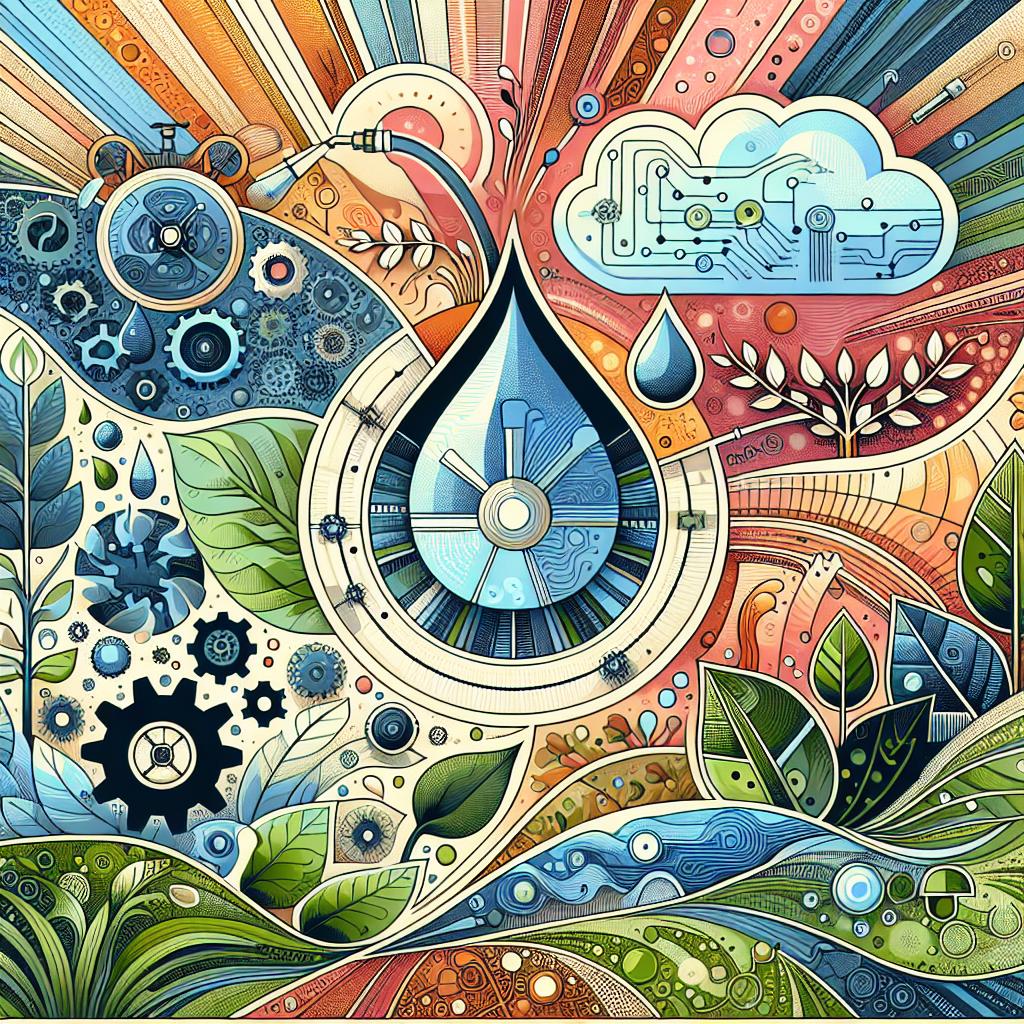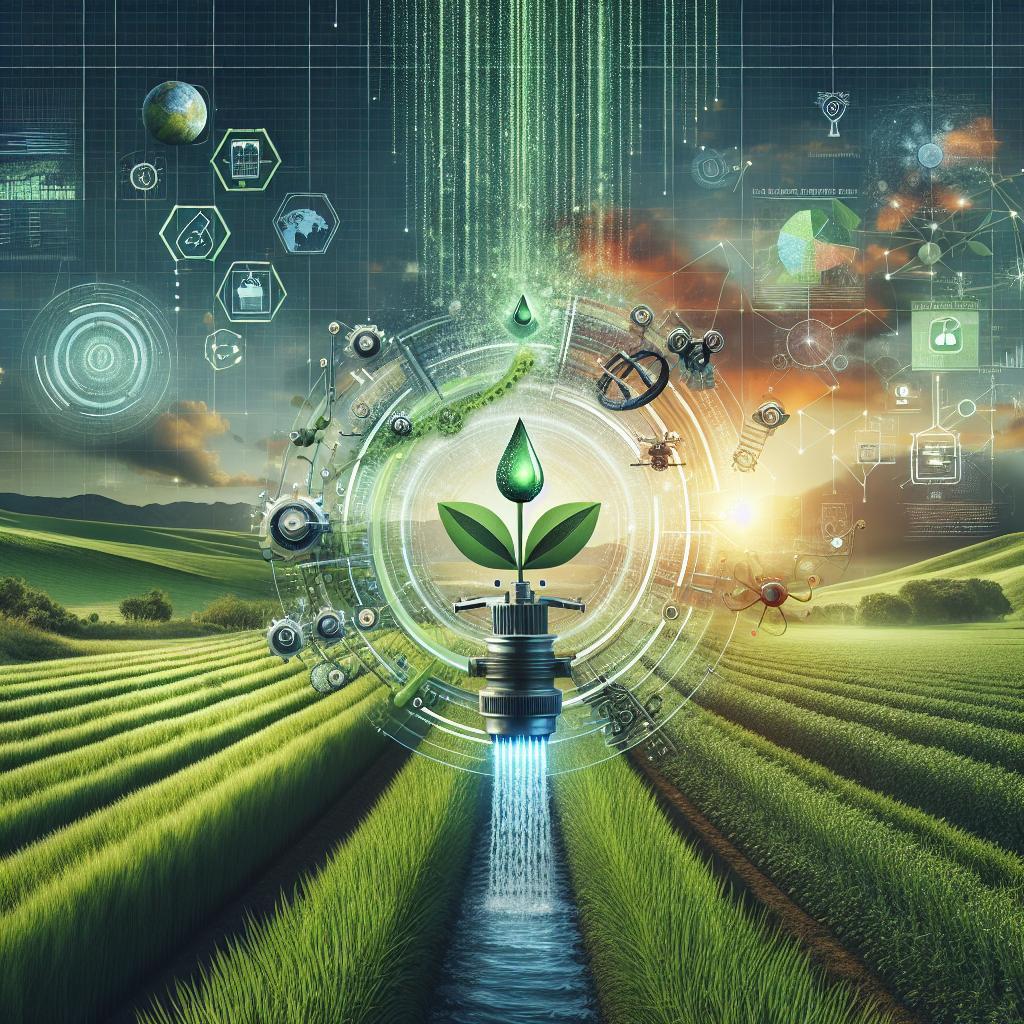This post may contain affiliate links which means I may receive a commission for purchases made through links. Learn more on my Private Policy page.
In teh heart of a flourishing farm, where golden fields sway gently in the breeze, the promise of a bountiful harvest dances in the air. But beneath the vibrant surface lies a challenge that every farmer knows too well: how to give plants exactly what they need to thrive, without wasting precious resources. Enter precision irrigation systems—the unsung heroes of modern agriculture! These innovative technologies offer a smarter, more efficient way to water crops, maximizing yields while minimizing waste. join us on a journey through the world of precision irrigation, where we’ll explore how this groundbreaking approach can transform farming practices, boost crop productivity, and pave the way for a sustainable future.Whether you’re a seasoned agronomist or a curious newcomer, there’s a wealth of insight and inspiration waiting for you. Let’s dig in!
Unlocking the Potential of Precision irrigation for Thriving Harvests
Precision irrigation systems harness today’s technology to ensure that every drop of water contributes directly to crop health and yield. By utilizing advanced sensors, data analytics, and automated controls, farmers can precisely monitor soil moisture levels and plant needs, allowing for efficient water use that minimizes waste. this targeted approach fosters robust growth, leading to higher crop quality and better resistance to pests and diseases. With the capability to adjust watering schedules in real-time, farmers can respond promptly to changing weather patterns and plant requirements.
Moreover, the integration of precision irrigation not only conserves water but also enhances nutrient management. By applying water in conjunction with fertilizers at optimal times, plants receive the sustenance they need to flourish without the risk of nutrient leaching. The benefits extend beyond immediate crop yields; long-term adoption of these systems can improve soil health and increase overall farm sustainability. To illustrate the potential advantages, consider the following table showcasing typical outcomes from farms before and after implementing precision irrigation:
| Aspect | Before Precision Irrigation | After Precision Irrigation |
|---|---|---|
| Water Usage | 6000 liters/ha | 3500 liters/ha |
| Crop Yield | 4 tons/ha | 7 tons/ha |
| Pest Incidence | 20% | 10% |

Harnessing Technology: Smart Solutions to Optimize Water use
In the pursuit of enhancing agricultural efficiency, innovative technologies are at the forefront, redefining how water is managed on farms. Precision irrigation systems utilize advanced tools to monitor soil moisture, weather patterns, and crop needs, ensuring that every drop of water is used effectively. By implementing these systems, farmers can achieve remarkable benefits, including:
- Reduced water waste: smart irrigation schedules ensure crops receive only what they need.
- Improved crop health: Consistent moisture levels promote robust growth.
- Cost savings: Lower water bills and decreased energy use for pumping.
Moreover, integrating sensors and automation leads to real-time data collection, allowing for responsive adjustments based on environmental conditions. This holistic approach fosters a sustainable farming ecosystem, crucial for coping with the challenges posed by climate change. Farmers can also track their water usage more effectively with user-amiable dashboards that provide insights into:
| Data Points | Importance |
|---|---|
| Soil moisture levels | Ensures optimal irrigation timing |
| weather forecasts | Adjusts watering schedules proactively |
| Crop growth stages | Tailors practices to plant needs |

Tailoring Irrigation Strategies for Diverse Crop Needs
To enhance crop yields, it is essential to customize irrigation practices that align with the varying requirements of different plants. Each crop has unique water and nutrient needs determined by factors such as growth stage, climatic conditions, and soil type. By analyzing these variables, farmers can implement methods like drip irrigation, which delivers water directly to root zones, or sprinkler systems, ideal for larger surface areas. This targeted approach allows for maximizing water use efficiency while minimizing waste, ultimately leading to healthier crops and higher yields.
Additionally, employing data-driven technologies can revolutionize how farmers design their irrigation strategies. Utilizing soil moisture sensors, weather forecasts, and crop monitoring tools helps in adjusting irrigation schedules based on real-time data. by integrating these advanced systems, farmers can achieve optimal hydration and nutrient absorption, thus ensuring their crops remain robust and resilient. For a clearer overview of different irrigation methods and their suitability for various crops, consider the following table:
| Crop Type | Preferred Irrigation Method | Water Requirement (L/week) |
|---|---|---|
| Tomatoes | drip Irrigation | 20-30 |
| Wheat | Sprinkler System | 15-25 |
| Rice | Flood Irrigation | 40-60 |
| Peppers | Soaker Hose | 10-20 |

Cultivating Success: Best Practices for Implementing Precision Systems
Implementing precision irrigation systems requires a thoughtful approach to ensure maximum efficiency and yield. Start by accurately assessing the specific water needs of your crops through soil moisture sensors, which can provide real-time data on the moisture levels in the soil. This technology empowers farmers to make informed decisions on when and how much to irrigate, substantially reducing water waste. Regular maintenance of irrigation equipment is essential; clean filters and check for leaks to maintain optimal performance. Consider forming a collaborative group of local farmers who can share insights and experiences, fostering a community approach to learning and innovation.
Moreover, leveraging data analytics can revolutionize irrigation management. Use past climate data and current weather patterns to plan your irrigation schedule. Implementing smart irrigation controllers can automate your systems, adjusting water delivery according to weather forecasts and moisture readings. To further optimize resources, monitor your crop’s growth stages and tailor your irrigation strategy accordingly, ensuring each plant receives the right amount of water at the right time. Below is a simple comparison of traditional vs.precision irrigation benefits:
| Traditional Irrigation | precision Irrigation |
|---|---|
| Uniform watering | Targeted watering based on need |
| Higher water usage | Reduced water waste |
| Labor-intensive management | Automated systems, less labor |
| Standardized crop yields | Increased yields based on precise conditions |
In Retrospect
As we draw the curtain on our exploration of precision irrigation systems, it’s clear that the future of agriculture is as vibrant and promising as the fields we cultivate. By embracing technology and harnessing the power of data, farmers can transform their practices, ensuring that every drop of water counts towards a bountiful harvest. The journey to maximizing crop yields isn’t just about boosting productivity—it’s about nurturing our planet, supporting sustainable practices, and feeding a growing population that relies on our stewardship.
So, as you till the soil of innovation in your own gardens or fields, remember that with the right tools and a little love for the land, the fruits of your labor can reach new heights. let’s water our dreams and reap the rewards that come from weaving together tradition and technology.Happy farming! 🌱💧✨
This post may contain affiliate links which means I may receive a commission for purchases made through links. Learn more on my Private Policy page.

